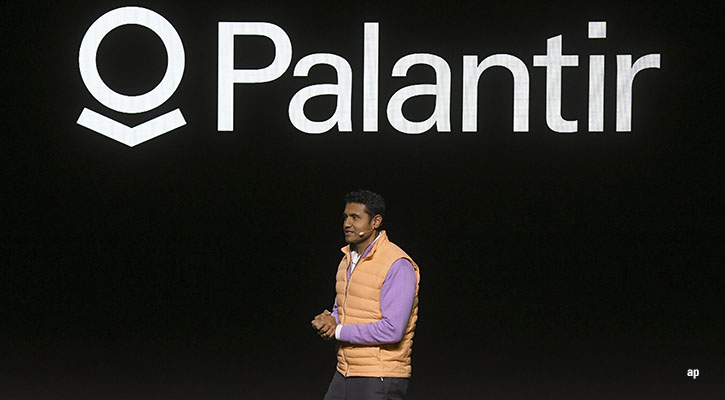One of the principles enshrined in MiFID (the Markets in Financial Instruments Directive) is that information given to investors should be “clear, fair, and not misleading.” While the regulator has shied from actually defining what this means, common sense should be enough to resolve at least some issues. For example, we might take it as given that funds should not state that their annual charge is less than it actually is. Nor should fees used for other purposes be described as a management fee. Yet both happen as a matter of routine.
In the first case, take a look at almost any fund fact sheet and you’re quite likely to see the “annual charge” or “annual management charge” (AMC) quoted with no reference to the total expense ratio (TER). This fails to acknowledge that the total annual operating cost to investors, as expressed in the TER, can be much higher than the AMC. This is true for any fund, and is particularly so for unfettered funds of funds, where investors may actually pay more than half as much again than the quoted AMC when the fees of the underlying funds are taken into account.
This practice creates a false sense that many funds cost the same, while there can be significant differentiation in reality. For example, Lazard UK Alpha Retail Acc and Schroder ISF UK Equity A1 (Morningstar Qualitative Rating: Superior) both report their AMCs only on their fact sheets. Both AMCs are listed as 1.50%, making the two funds appear to have an equivalent cost. If one reads the simplified prospectuses, however, the two are clearly priced very differently. The Lazard offering carries a TER of 1.55%, while the Schroders offering comes in at 2.43% for the A1 shares and 1.75% for the A Acc shares. It’s worth noting that these two houses aren’t doing anything unusual by industry standards—the question is why industry standards permit it. Indeed, we cannot envision a scenario where showing the AMC without also disclosing the TER would be helpful to investors or fund selectors. Fortunately, we are seeing more and more fund companies starting to get this right—Investec, Barings and Aberdeen come to mind, though there are certainly other examples. We can only hope the trend continues.
The second, related, issue is that investors have no ability to understand what they are paying for because costs are often simply presented as a generic “annual charge” or “annual management charge”. Does it matter? We would argue it does. Assume there are two funds, each of which advertises an AMC of 1.50% and both of which carry TERs of 1.60%. They might seem equivalent, but now imagine if you discovered that one fund was spending 75bps to actually pay for portfolio management, 70bps in marketing and 15bps in admin, while the other was paying 1.40% in portfolio management fees and just 10bps in marketing and 10bp in admin. The two houses may have very different priorities. Moreover, if investors are left unable to determine what they are actually paying for various services, comparison shopping is made needlessly difficult and fee competition is set back.
The new KIID regime will change fee disclosure slightly for the better in our view. More specifically, it will require disclosure of “ongoing charges”—the TER minus any performance fees—as well as disclosure of performance fees as a separate line item. However, we would suggest that fund companies should cite these figures in all documents where fees are disclosed and be banned from relying only on the AMC. Further, a more detailed breakdown should be made available in a fund’s full prospectus for investors who want to understand more about the fund’s charges. Something like the following example would be a great start.

This article was first published in Investment Adviser.























